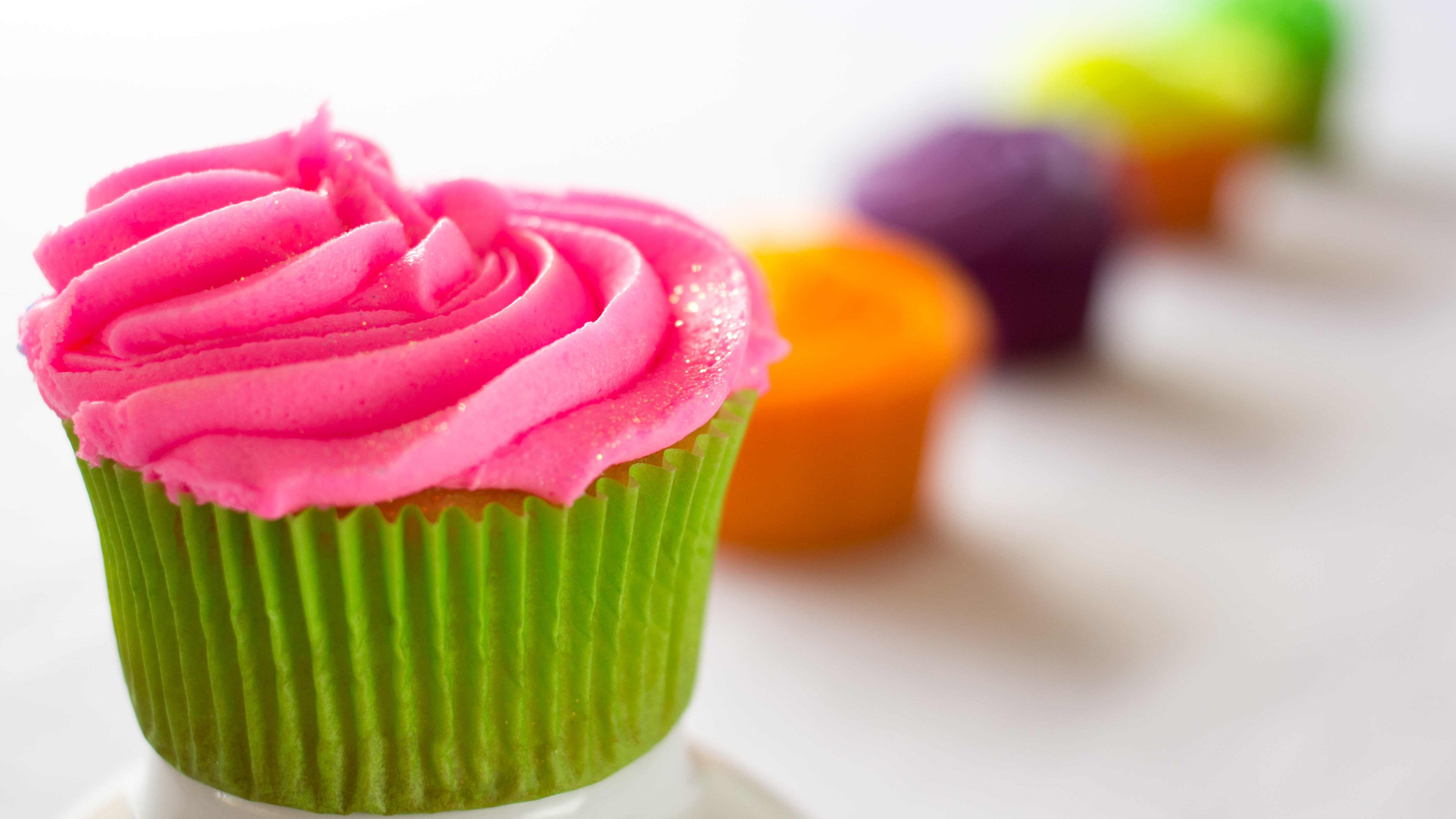FDA: So, Uhh, About That "Edible" Glitter
I'm going to type this out, and it's going to look so straightforward as to be downright condescending, but please, hear me out: If your edible glitter doesn't say "edible" right there on the packaging, you shouldn't eat it.
Shocking, I know. But don't take it from me. Take it from this sweet-ass video from the FDA.
Now, that may seem pretty freaking simple. Don't eat glitter that isn't edible, find out if its edible by reading and/or asking someone. It's not rocket science. But before you start dusting your seasonal unicorn cake (maybe a red-nosed reindeer cake?) with any old bake-friendly glitter, keep in mind that "non-toxic" and "edible" are not the same thing.
According to Science Alert, there are some cake glitters out there made from microplastics and not, you know, food. The FDA puts it another way: "Some decorative glitters and dusts promoted for use on foods may, in fact, contain materials that should not be eaten." That's where the label "non-toxic" comes in handy—it suggests that it's safe to eat, without actually saying, "hey, this here packet of shiny crap is definitely edible."
A good rule of thumb: Check for an ingredients list. If there is one, it's food. If there isn't, it's not food. Don't eat not-food. Oh, and if you have questions about edible gold leaf, we've got your back on that, too.
